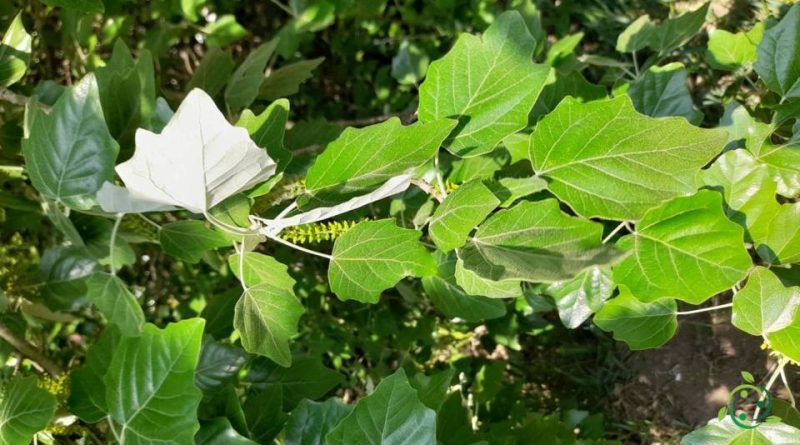Reproduction of the silver poplar
Reproduction of the silver poplar
The silver poplar (Populus alba L., 1753) is a deciduous tree of the Salicaceae family native to Europe, North Africa and western Asia.
Suitable breeding habitat –
The silver poplar is a plant native to an area between Spain and Morocco and which grows, in its natural state, in a vast range that includes Europe, North Africa and Western Asia and which in Europe grows in the southern part up to North Africa. and Central Asia.
In Italy it is easily encountered along the banks of waterways and lakes.
Its natural habitat is represented by incoherent, loose loamy-clay soils, which remain humid all year round but without undergoing regular flooding, where it is associated with tree species, such as alder, ash, elm and Salix alba. . In Italy we find it from the plain up to about 1,500 m s.l.m.
Propagation –
The silver poplar is an essential tree in the consolidation of river banks, also in relation to the wide extension of the root system that branches off from the mother plant for over twenty meters. It is often artificially planted in rows for the use of timber, drastically changing the landscape.
It is a fairly salt-resistant plant and is a more thermophilic tree than other species of the genus.
This tree easily reproduces by cutting.
These are prepared in autumn or winter by cutting a branch about 30 centimeters long and burying it in pots or directly in the ground. After about 6 months the plant takes root and becomes a real tree. however, when transplanting it must be taken into account that it is a very resistant tree that does not fear the cold but loves sunny positions.
The plant grows with the normal rainfall regime but it is advisable to water the trees constantly during the first three years of life, until it is well strengthened.
Ecology –
The silver poplar in Italy represents a native species and can form mixed groves (with Alders, Willows and Ash trees) along the waterways, or be present with isolated individuals.
It is a heliophilic plant, it prefers warm and water-rich environments. It requires loose, fertile and well-drained soils, even if it bears both clayey and calcareous substrates. It tolerates not too long periods of submersion, as it fears water stagnation and situations of asphyxiation.
Its flowering goes from March to April, before the leaves are released.
It is a fast-growing rustic species, used in road trees and in parks as an ornamental plant, thanks to the color of the leaf and young branches. Suitable for interventions in humid areas and fast-growing plants.

